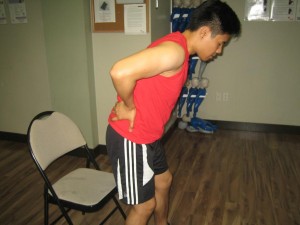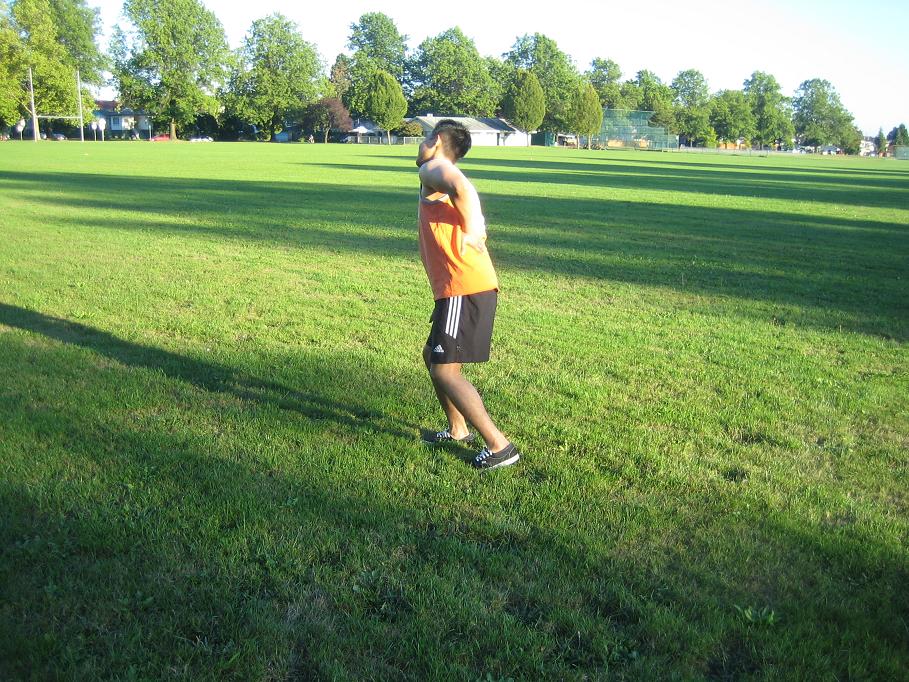A compression fracture is usually common in the middle back or the thoracic spine in the lower back or lumbar spine. The spinal bone becomes weakened with simple activities such as lifting an object, coughing, twisting, sneezing and laughing and result to a spinal compression fracture. In addition, the compression causes the spine to become shorter and unstable and makes the entire spine become weak.
Causes of a spine compression fracture
- A compressive force on the spine during traumatic injury such as landing on the feet or buttocks from a height.
- Osteoporosis usually common in old people with spinal problems which causes weakening of the bone.
- Osteomyelitis or infection of the bone
- Bone cancer
- Vehicular accidents
Symptoms

- At first, pain in the hips, buttocks or thighs
- Pain in the lower back
- Numbness, tingling and weakness sensation which indicates a compressed nerves
- Bladder or bowel incontinence or incapable of passing urine which indicates a compressed spinal cord.
- Sudden or severe back pain
- Paralysis of the legs due to traumatic compression fracture such as small pieces of bone lodge into the spinal cord.
- In addition, tenderness on a specific area of the spine
- Severe pain with upright postures such as walking and standing
- Difficulty and pain when twisting or bending
- Lastly, a stooped-over posture
Treatment
- Take plenty of rest especially the affected area. Generally, avoid activities that cause further irritation and delay the healing.
- Apply ice on the area using ice pack.
- Take prescribe medications to lessen the pain and the inflammation.
- Apply heat in the area for proper flow of blood to the damaged area and lessen the pain. Place a clean damp cloth between the affected area and hot water bottle or a heating pad to prevent further irritations and delay the healing.
- Avoid performing strenuous physical activities while in the healing stage.
- Wear the prescribed back brace to support the spine, lessen pressure placed on the vertebrae and proper healing of the area.
- Perform weight-bearing exercises to prevent fractures and take the prescribed Vitamin D supplements.
- Take anti-inflammatory medications to lessen the pain, the inflammation and the swelling.
- Seek the help of the physical therapist for rehabilitation exercises to strengthen the spine and lessen the pain.
- Prescribed opioids to relieve of the severe pain and the inflammation.
- Lastly, injection of prescribed medication to block the nerves in area of the body from sending pain signals to the brain or nerve block.
Tips
- Regular performing exercises to strengthen the muscles and bone of the spine
- eat a balanced diet.
- Quit smoking, to prevent weakening of the bones
Disclaimer / More Information
The material posted on this page on spine compression fracture is for learning purposes only. Learn to recognize the signs and how it is managed by taking a first aid and CPR class with one of our training providers.
FACT CHECK
https://orthoinfo.aaos.org/en/diseases–conditions/osteoporosis-and-spinal-fractures/
https://www.webmd.com/pain-management/guide/spinal-compression-fractures-treatments#1
https://www.spine-health.com/conditions/osteoporosis/when-back-pain-a-spine-compression-fracture

